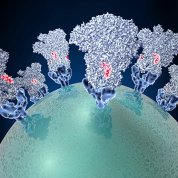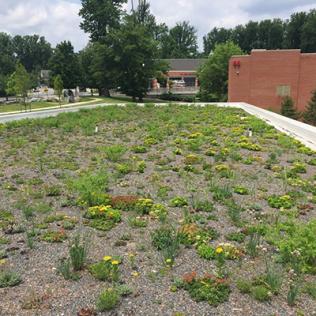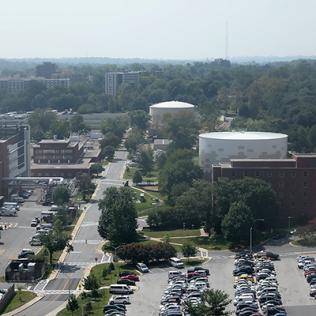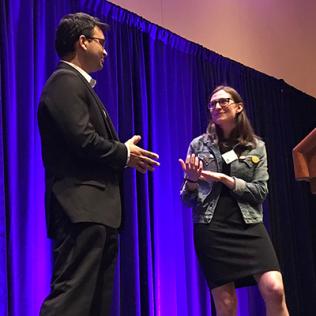
On the Cover
Coronavirus spike protein structure. Illustration shows a viral membrane decorated with spike glycoproteins; highlighted in red is a potential neutralization site, which is a protein that might be used as a target for vaccines to combat coronaviruses such as MERS-CoV.
David Veesler, University of Washington, NIH Funding from NIGMS





